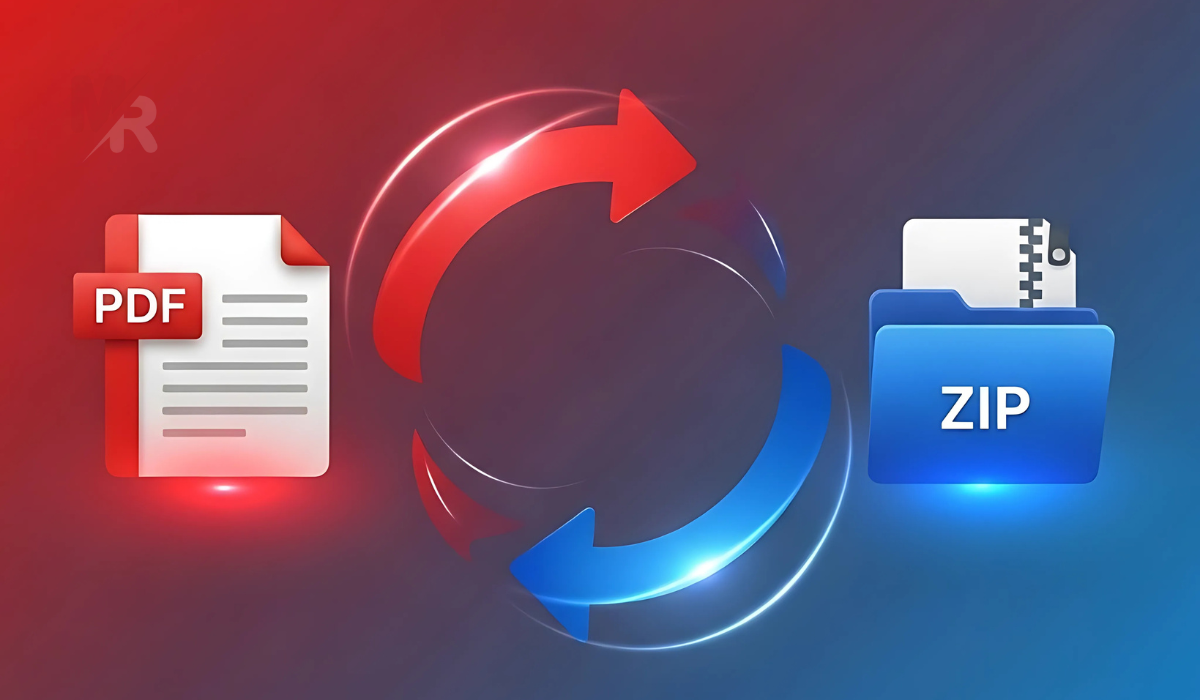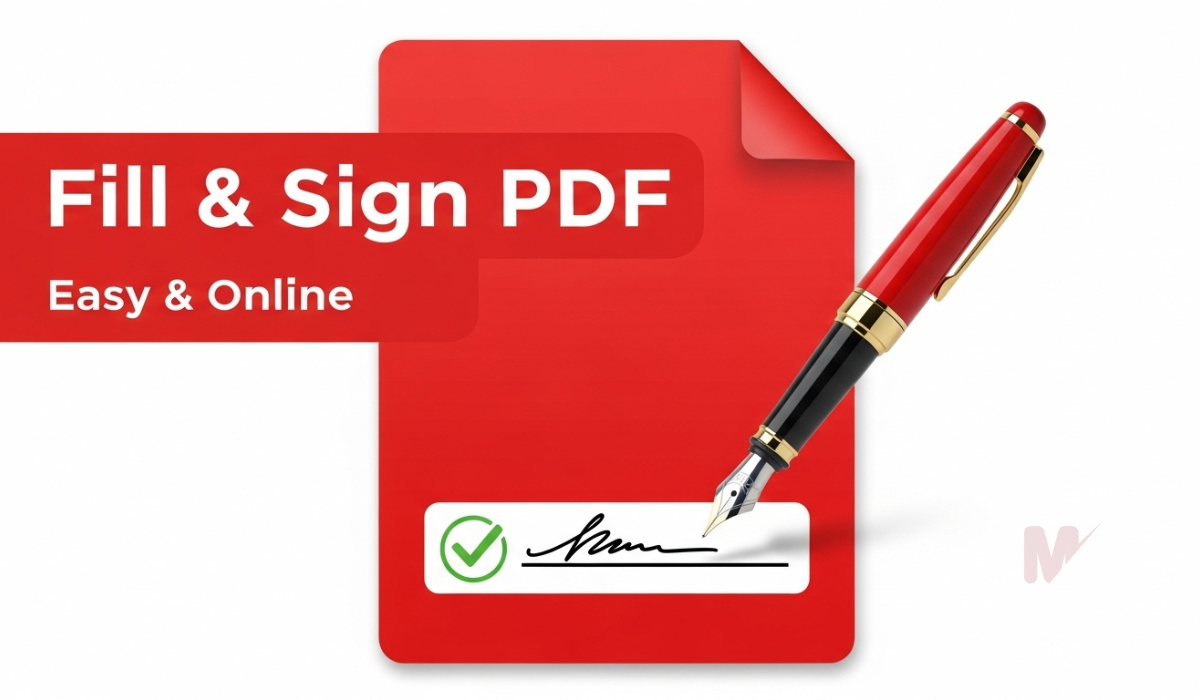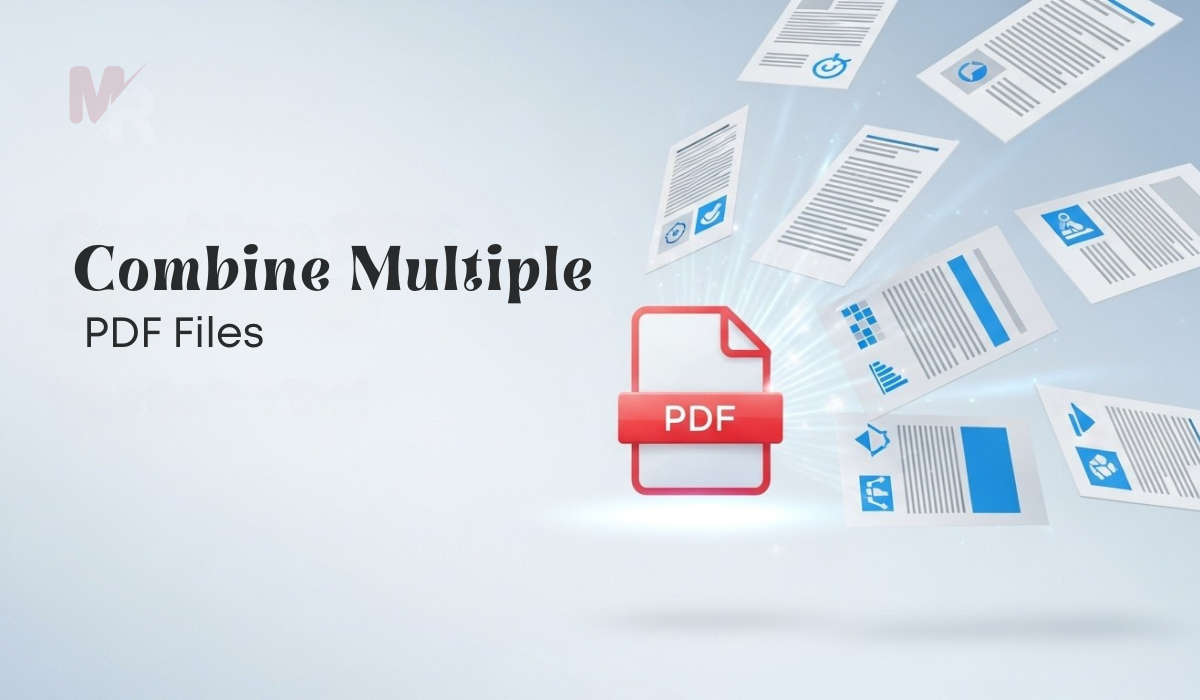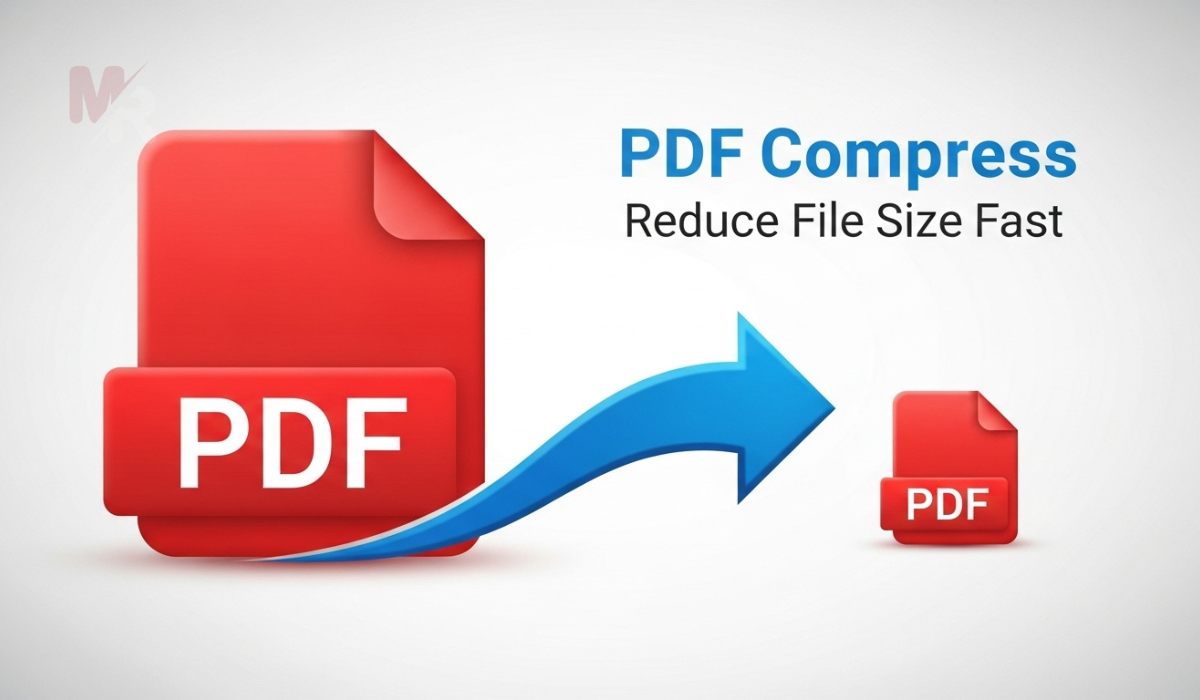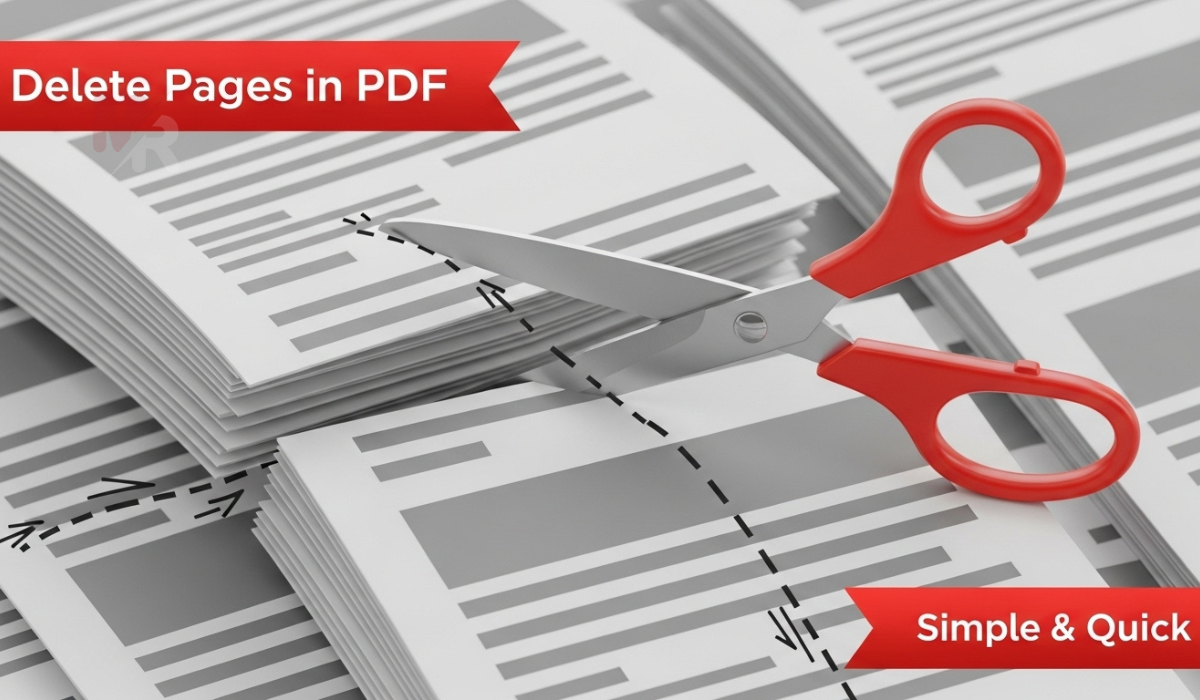JPG to AVIF Converter
Quickly convert JPG images to the next-generation AVIF format with our reliable, in-browser converter.
Upload or Drag & Drop your file
JPG files only
JPG to AVIF Converter: A Complete Guide to Efficient Image Conversion
In today’s fast-paced digital world, image optimization plays a crucial role in enhancing website speed and user experience. One of the most efficient ways to achieve this is by converting traditional image formats like JPG to modern ones like AVIF. This is where a JPG to AVIF Converter becomes a valuable tool. In this article, we’ll explore everything you need to know about using a JPG to AVIF Converter—from understanding the formats to step-by-step instructions on how to use the tool effectively.
What Is a JPG to AVIF Converter?
A JPG to AVIF Converter is an online or offline tool that transforms JPG (or JPEG) image files into the AVIF (AV1 Image File Format) format. AVIF is a modern, open-source image format developed by the Alliance for Open Media. It offers superior compression, smaller file sizes, and better image quality compared to older formats.
By using a JPG to AVIF Converter, you can make your website load faster, save storage space, and improve visual performance without compromising image quality.
Why Convert JPG to AVIF?
There are several advantages to converting JPG files to AVIF:
1. Smaller File Size
AVIF offers more efficient compression than JPG. Images converted using a JPG to AVIF Converter are significantly smaller, which helps reduce bandwidth usage.
2. Improved Image Quality
Despite smaller sizes, AVIF maintains higher visual fidelity. This is beneficial for websites, portfolios, and e-commerce platforms that rely on high-quality visuals.
3. Faster Loading Times
Smaller files mean quicker load times for websites. Using a JPG to AVIF Converter ensures that images load faster, enhancing user experience and SEO rankings.
4. Better Performance on Modern Browsers
Most modern browsers like Chrome, Firefox, and Edge now support AVIF. By converting JPG to AVIF, you can cater to modern users without fallback issues.
How to Use the JPG to AVIF Converter
Using a JPG to AVIF Converter is a straightforward process. Most tools are designed to be intuitive and require no technical knowledge.
Step-by-Step Guide:
Step 1: Upload Your JPG File
- Open the JPG to AVIF Converter tool on your preferred browser.
- Click the “Upload” or “Choose File” button.
- Select the JPG image(s) from your device.
Step 2: Configure Settings (Optional)
- Some converters offer customization options such as image quality, compression ratio, or resizing.
- Adjust these settings based on your requirements or leave them at default for standard conversion.
Step 3: Start the Conversion
- Click on the “Convert” or “Start Conversion” button.
- The tool will begin converting your JPG to AVIF.
Step 4: Download the AVIF File
- Once the process is complete, a download link or button will appear.
- Click to download your newly converted AVIF image to your device.
Features to Look for in a JPG to AVIF Converter
Not all converters are created equal. Here’s what to look for in a reliable JPG to AVIF Converter:
✅ Fast Conversion Speed
Choose a tool that processes images quickly, even in bulk mode.
✅ High-Quality Output
Make sure the converter retains image clarity after conversion.
✅ Bulk Conversion Support
If you have multiple files, a converter that supports batch processing saves time.
✅ Browser-Based (No Installation)
Online tools that don’t require downloads are convenient and accessible across devices.
✅ Free to Use
Many JPG to AVIF Converters are free and don’t place watermarks on the output.
Best Practices for Using a JPG to AVIF Converter
1. Optimize Before Uploading
Resize and crop your JPG image before converting. Smaller inputs convert faster and produce lighter AVIF files.
2. Check Compatibility
Ensure your target audience uses modern browsers. Although AVIF is widely supported, legacy browsers like Internet Explorer may not display them correctly.
3. Use in Web Design
Replace heavy JPGs with AVIF on your website to improve SEO scores and loading performance.
4. Store Originals
Keep the original JPG files in a backup in case you need to re-edit or convert them later.
Common Questions About JPG to AVIF Conversion
❓ Is AVIF better than JPG?
Yes. AVIF offers better compression and quality at lower file sizes compared to JPG, making it ideal for web use.
❓ Do I lose quality when converting JPG to AVIF?
Not necessarily. A good JPG to AVIF Converter allows you to maintain high quality while reducing file size.
❓ Can I convert multiple JPGs to AVIF at once?
Yes, many converters support batch processing for converting multiple JPG files simultaneously.
❓ Is it safe to use an online JPG to AVIF Converter?
Reputable tools do not store your images and automatically delete files after a short time. Always check the privacy policy.
Conclusion
If you’re looking to optimize your images for modern web standards, using a JPG to AVIF Converter is a smart and effective solution. It helps you reduce file sizes, maintain high quality, and improve website performance without any technical hassle. Whether you’re a developer, designer, or content creator, this tool empowers you to stay ahead in the digital landscape.
Next time you upload images to your website, don’t forget to use a JPG to AVIF Converter—your visitors (and your server) will thank you!

